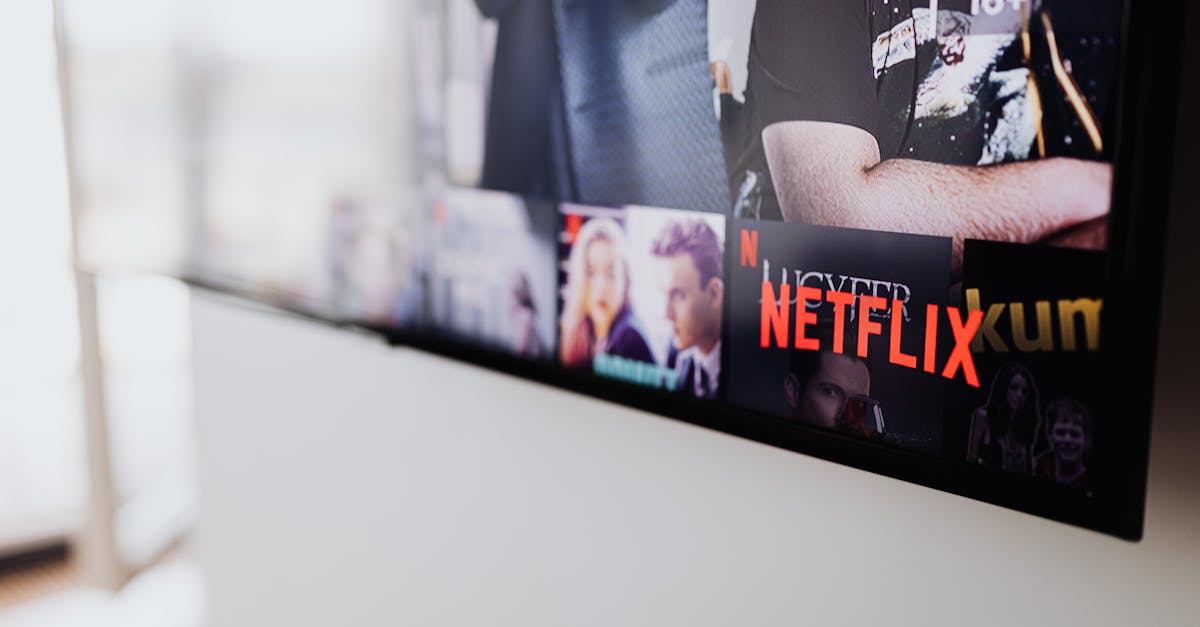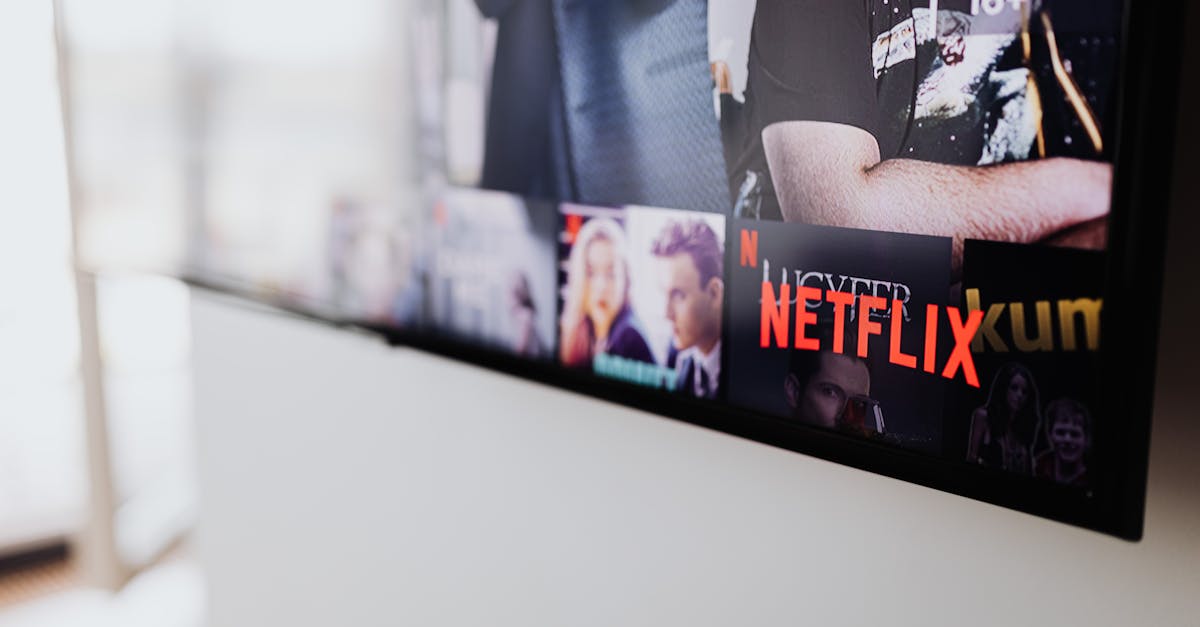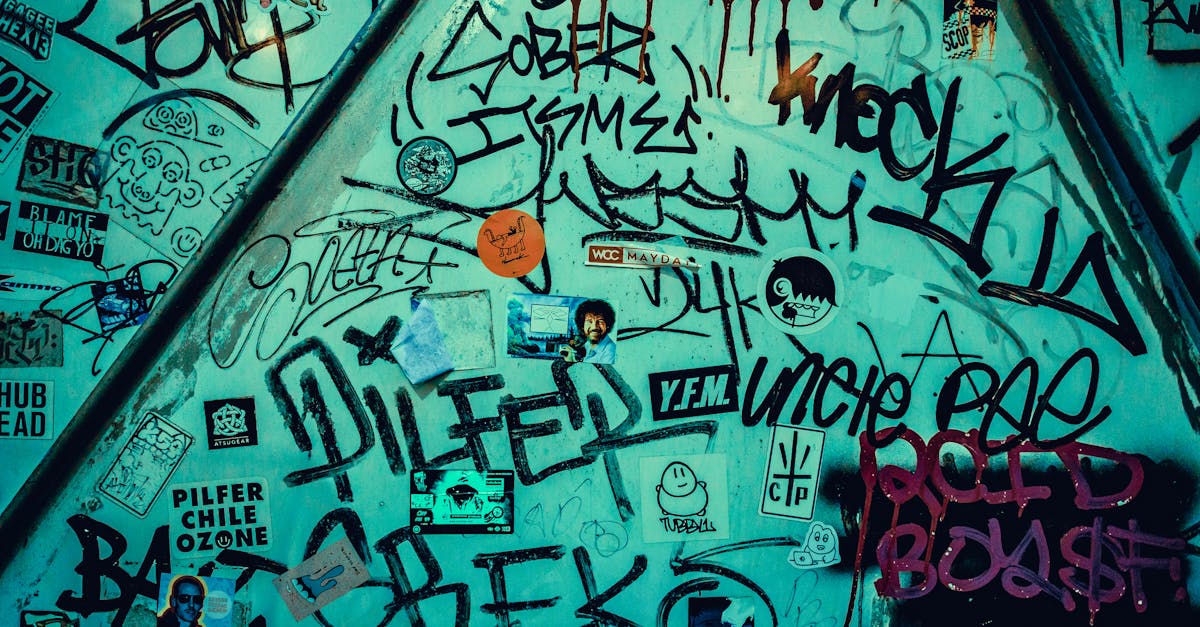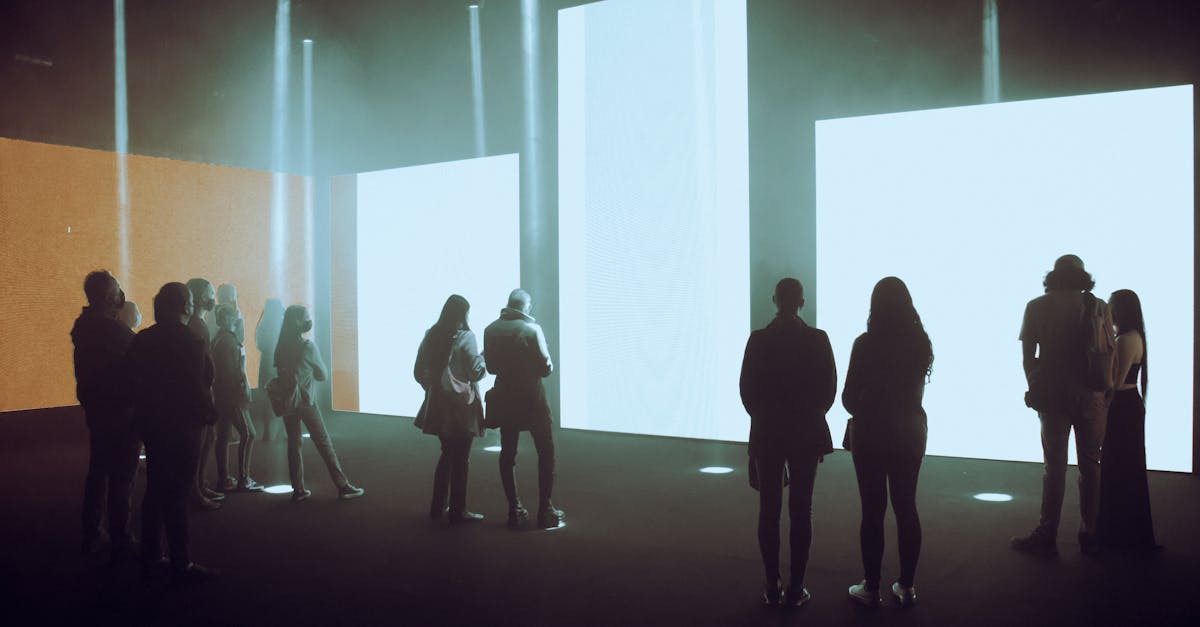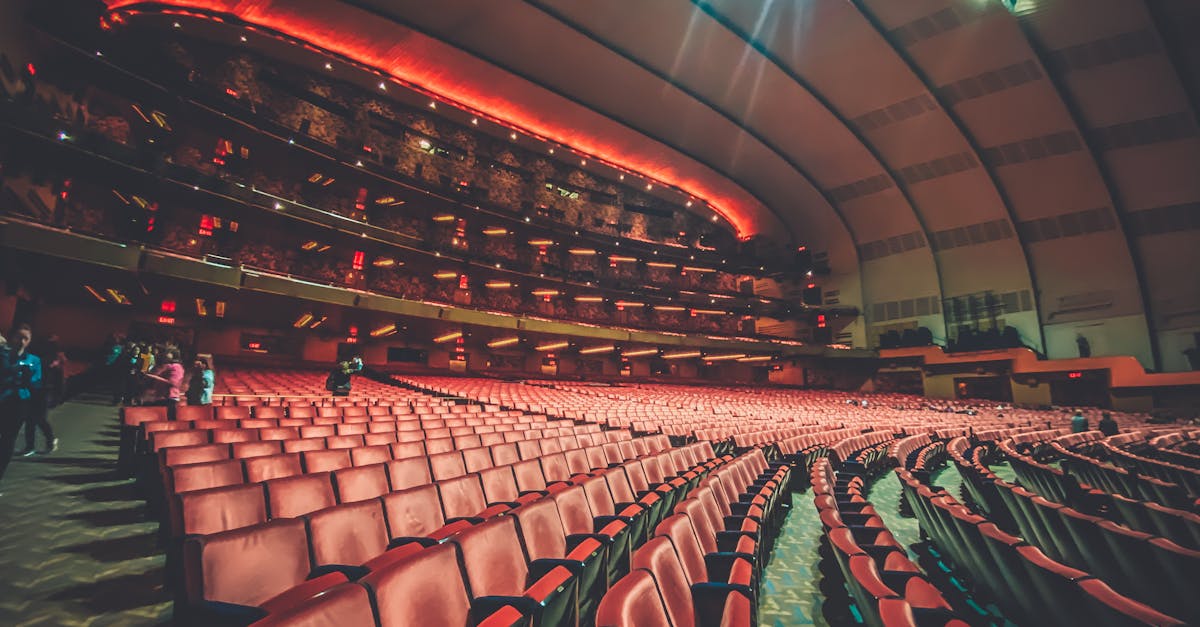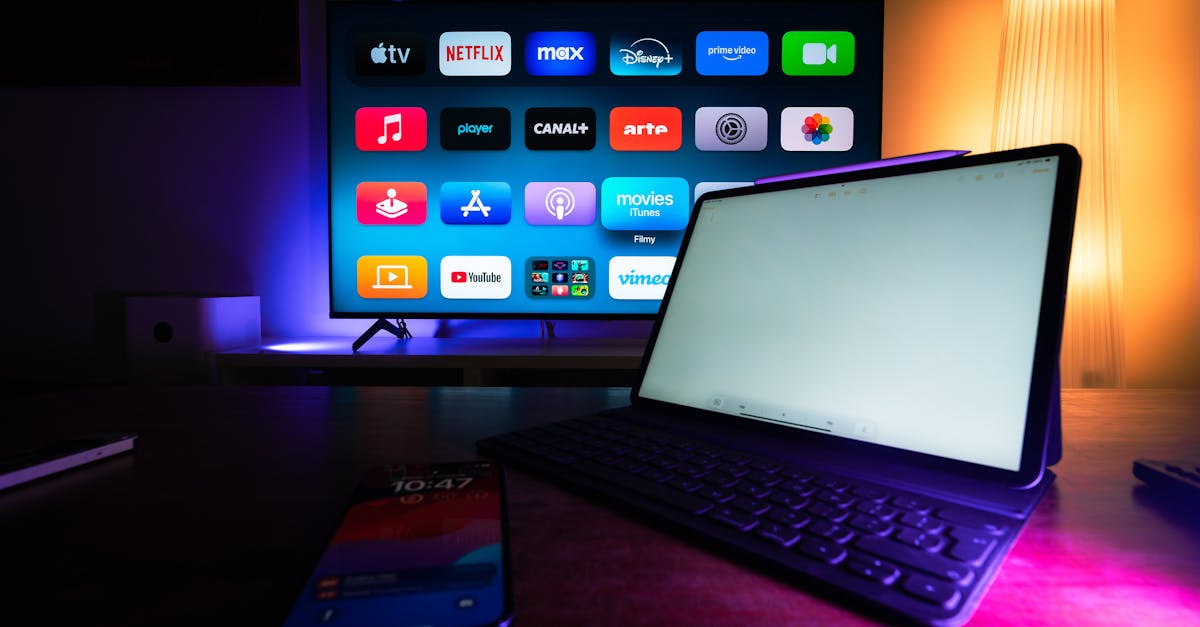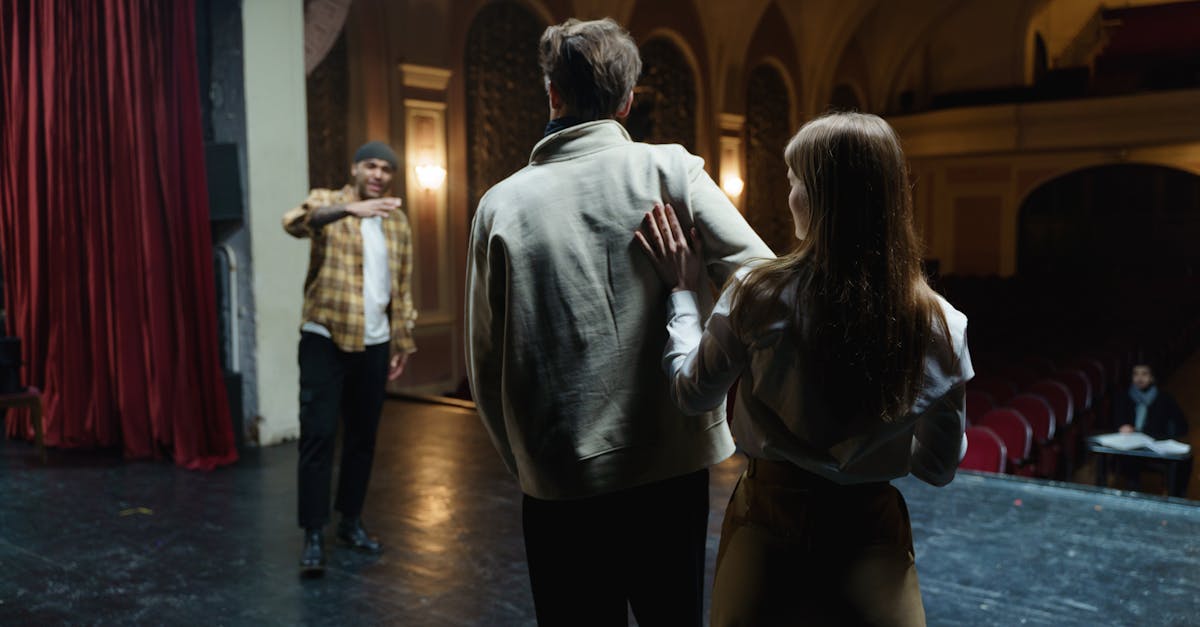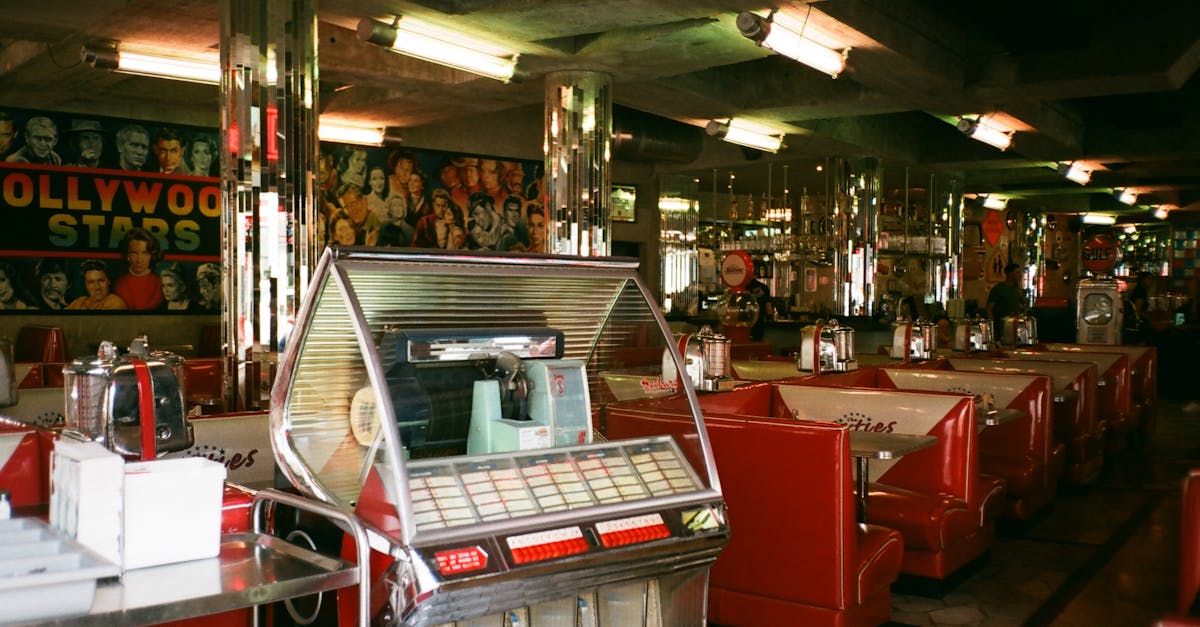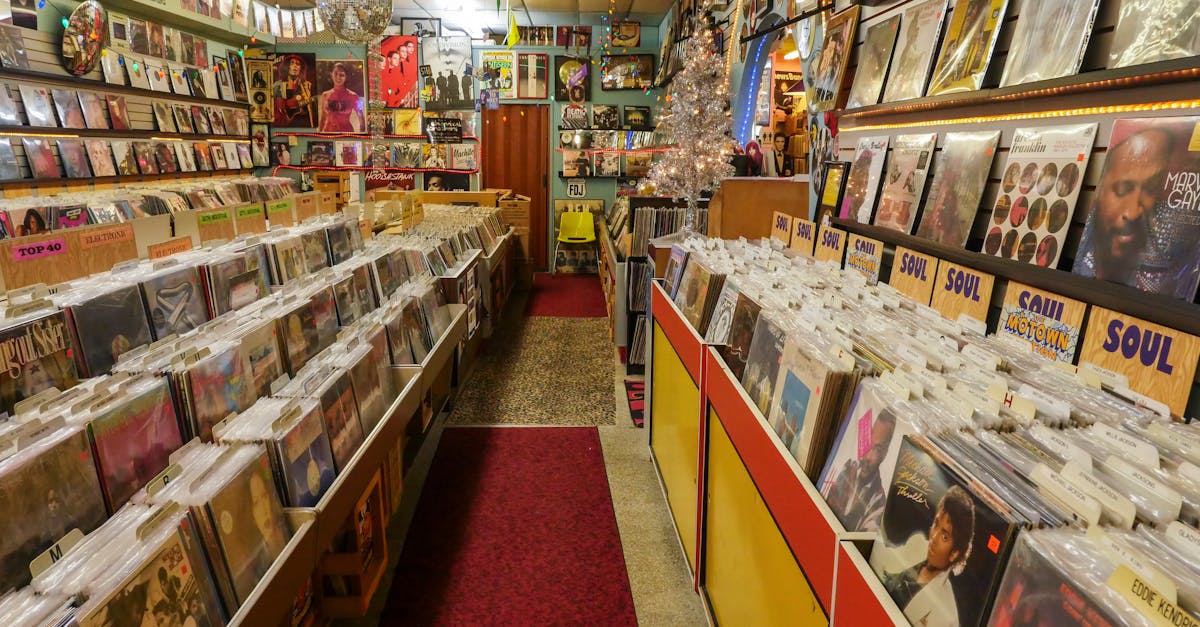The Evolution of Movie Soundtracks from Vinyl to Spotify
Introduction
Music and film have been interwoven since the early days of cinema, enhancing storytelling and evoking emotions. The journey of movie soundtracks, from the analog era of vinyl to the digital age of Spotify, highlights a fascinating evolution. Once a niche segment of the music industry, soundtracks have transformed into an integral part of cinematic culture. Their distribution and consumption have mirrored broader technological and societal changes. As soundtracks continue to evolve, they reflect the shifts in how we engage with music and movies. Let’s embark on this sound journey through time.
Advertisement
The Golden Age of Vinyl
The inception of movie soundtracks as marketable products took root in the era of vinyl records. The tangible allure of these discs allowed fans to bring a piece of the cinema into their homes. Iconic films like "Gone with the Wind" and "The Wizard of Oz" popularized this trend, with records offering complete film scores. The craftsmanship of sound engineers brought orchestras to life, capturing each note with warmth unmatched by digital compression. Vinyl covers often featured striking artwork, adding an aesthetic appeal that collectors cherish. They were not just sound—it was an experience.
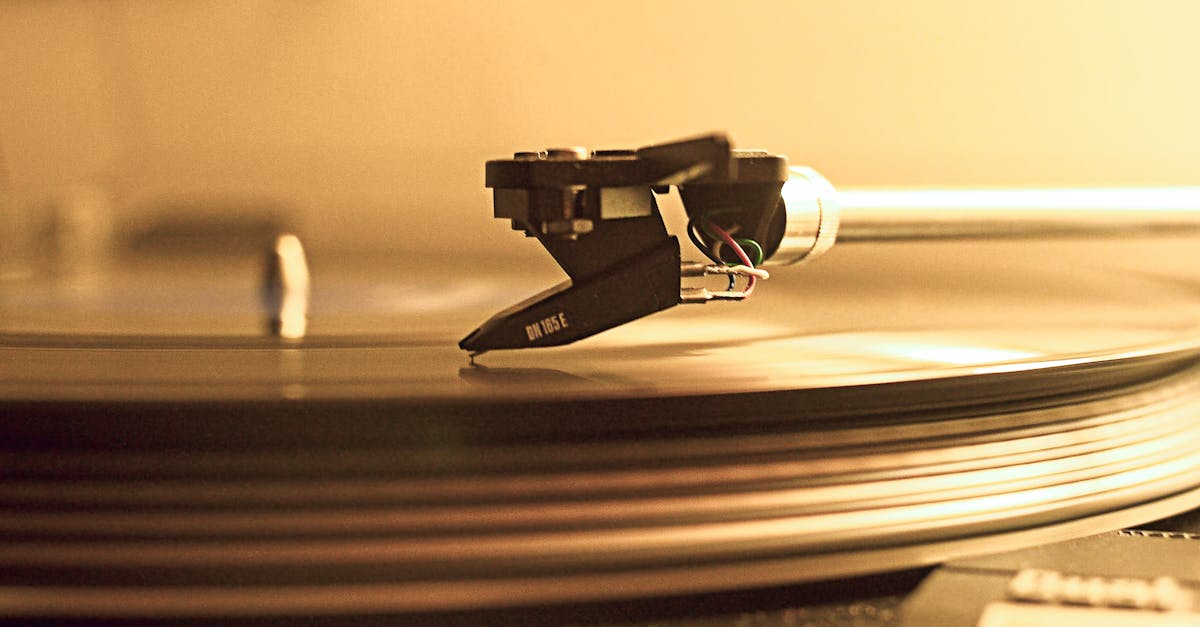
Emmanuel Codden/Pexels
Advertisement
Cassette Tapes and the Portable Era
The 1970s and 1980s heralded a new era of music portability with the introduction of cassette tapes. Soundtracks such as "Saturday Night Fever" became massive hits as cassettes made them accessible to an even wider audience. The portability of these tapes meant soundtracks could accompany listeners anywhere—from car stereos to Walkmans on jogging trails. Despite their convenient size, cassettes had limitations: tapes could warp, and sound quality often suffered compared to vinyl. Nonetheless, cassettes democratized music consumption, laying the groundwork for future changes.
Advertisement
The Digital Revolution with CDs
Compact Discs (CDs) revolutionized the music industry in the late 20th century. Offering superior sound quality and durability, CDs became the primary format for movie soundtracks. Blockbusters like "The Lion King" and "Titanic" topped charts, propelled by the CD renaissance. The digital format permitted higher fidelity and crispness, enabling listeners to discern previously lost nuances in orchestration. CD cases included detailed liner notes, credits, and supplementary artwork that deepened appreciation. This era broadened the appeal of film music and set the stage for a further technological leap.
Advertisement
Influence of the Internet and Online Stores
The arrival of the internet transformed every aspect of media, and movie soundtracks were no exception. Online retailers like Amazon and Apple’s iTunes Store offered soundtracks as downloadable files, breaking free from physical constraint altogether. This digital transformation allowed users to select individual tracks rather than purchase whole albums. Hence, even less popular films had a means of gaining musical appreciation. Along with increased accessibility came the potential for piracy, prompting industry-wide shifts to protect artists’ rights while delivering convenience. It was a time of balancing growing pains with unprecedented opportunities.
Advertisement
Rise of Streaming Platforms
As technology advanced, streaming platforms emerged, fundamentally changing how we consume soundtracks. Spotify, launched in the late 2000s, popularized the subscription model, granting unlimited access to vast musical libraries. Streaming democratized the playlist, allowing users to curate soundtracks from their favorite films alongside personal favorites. For composers, platforms meant direct engagement with a global audience, enhancing visibility and performance data. However, streaming also sparked debates over revenue distribution and the cultural impact of music's disposability. Despite these challenges, streaming revitalized consumer interest in new and classic soundtracks alike.
Advertisement
The Role of Curated Playlists
With the growth of streaming services came the advent of curated playlists, reshaping how users interact with soundtracks. These thematic collections offer a novel listening experience, blending tracks from various films or centered around specific moods. Playlists mark a departure from traditional album-centric consumption, providing dynamic and personalized engagements. Platforms like Spotify curate featured playlists or allow users to build bespoke collections, fostering community sharing. This personalization reinvigorates soundtrack consumption, introducing audiences to previously undiscovered scores and composers.
Advertisement
Soundtracks in Emerging Media
As new forms of media emerge, soundtracks have adapted and thrived beyond traditional boundaries. Popular video games or interactive media often commission captivating scores, paralleling cinematic soundtracks in depth and complexity. These soundtracks, distributed largely through digital platforms, highlight the evolving relevance of sound in diverse media forms. Composers today face unprecedented creative opportunities, blurring lines among film, television, and online content. As soundtracks continue to evolve, they remain integral to storytelling, evidenced by their expanding presence in varied entertainment landscapes.
Advertisement
Challenges and Opportunities Ahead
As movie soundtracks navigate evolving landscapes, they face both challenges and opportunities. Diversifying media platforms require adaptive approaches to reach audiences, demanding innovation from composers and distributors. Concerns over fair compensation, especially with streaming's rise, drive the industry towards equitable models. Yet, these challenges fuel creativity, prompting collaboration among artists and tech developers. The future heralds potential enhancements, such as immersive listening experiences enabled by advancing audio technologies. Soundtracks, while constantly evolving, remain steadfast in their role in cinematic immersion.
Advertisement
Conclusion
The evolution of movie soundtracks from vinyl to Spotify encapsulates a remarkable journey of technological innovation and cultural adaptation. From the warm resonance of vinyl to the digital convenience of streaming, each phase marked significant shifts in listening habits, consumer preferences, and industry practices. Soundtrack music continues to captivate and resonate, reinforcing its indispensable role in film and contemporary media. As listeners, we partake in this auditory voyage through time, experiencing anew the magic of cinema through its enduring musical icons. While technology changes, the power of music remains timeless, uniting audiences across eras.
Advertisement
